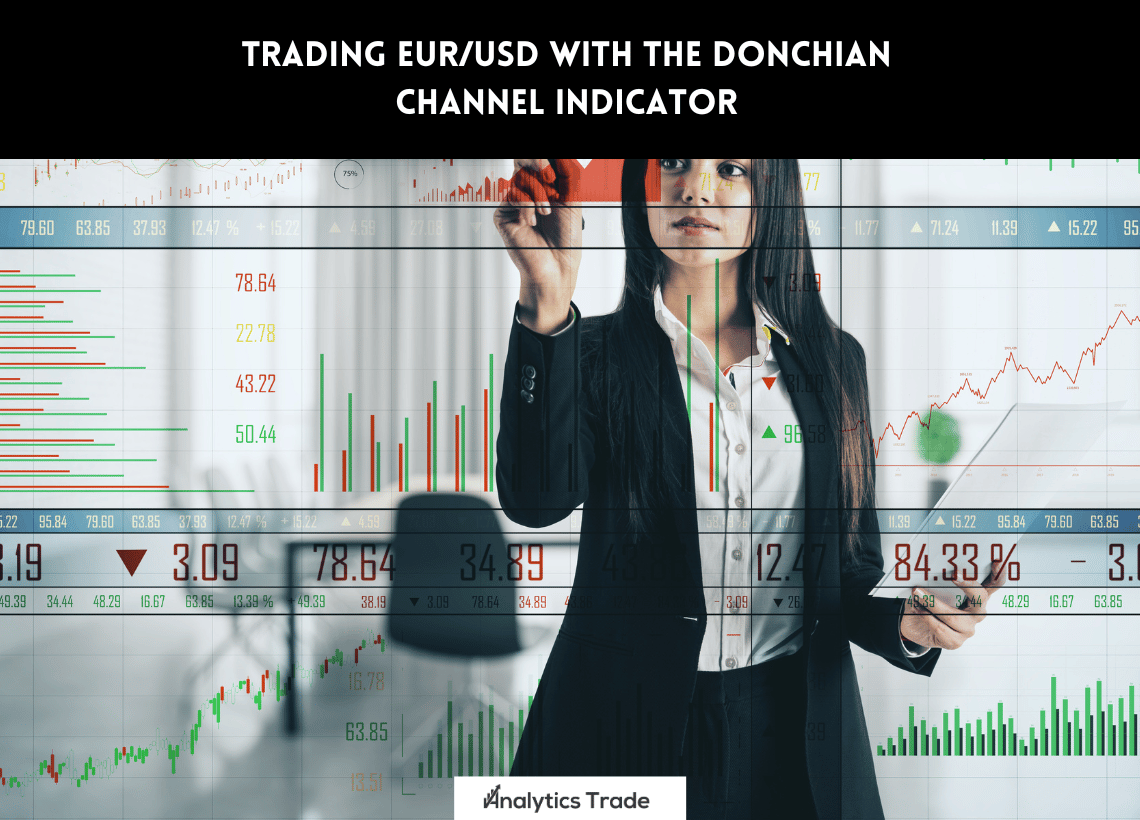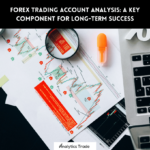What is the Donchian Channel Indicator?
The Donchian Channel indicator is a technical analysis tool that was developed by Richard Donchian in the 1950s. It is used to identify potential entry and exit points in the market. The indicator is based on the concept of price channels, which are lines drawn on a chart that connect the highest and lowest prices of a given period. The Donchian Channel indicator plots these price channels on a chart, allowing traders to quickly identify potential entry and exit points.
How to Set Up the Donchian Channel Indicator
Setting up the Donchian Channel indicator is relatively simple. First, open the chart of the currency pair you want to trade. Then, select the Donchian Channel indicator from the list of available indicators. You will then be prompted to enter the parameters for the indicator. The most common parameters are the period (the number of candles used to calculate the indicator) and the width of the channel (the number of pips away from the highest and lowest prices). Once you have entered the parameters, click “OK” to apply the indicator to the chart.
How to Use the Donchian Channel Indicator to Trade EUR/USD
The Donchian Channel indicator can be used to trade EUR/USD in a variety of ways. The most common approach is to use the indicator to identify potential entry and exit points. When the price breaks above the upper Donchian Channel line, it can be used as a signal to enter a long position. Conversely, when the price breaks below the lower Donchian Channel line, it can be used as a signal to enter a short position.
Using the Donchian Channel to Identify Support and Resistance Levels
The Donchian Channel indicator can also be used to identify potential support and resistance levels. When the price is trading near the upper Donchian Channel line, it can be used as a potential resistance level. Conversely, when the price is trading near the lower Donchian Channel line, it can be used as a potential support level.
Using the Donchian Channel to Identify Trend Reversals
The Donchian Channel indicator can also be used to identify potential trend reversals. When the price breaks above the upper Donchian Channel line after a prolonged downtrend, it can be used as a signal that the trend is reversing and a new uptrend is beginning. Conversely, when the price breaks below the lower Donchian Channel line after a prolonged uptrend, it can be used as a signal that the trend is reversing and a new downtrend is beginning.
Using the Donchian Channel to Identify Overbought and Oversold Conditions
The Donchian Channel indicator can also be used to identify potential overbought and oversold conditions. When the price is trading near the upper Donchian Channel line, it can be used as a signal that the market is overbought and a correction may be imminent. Conversely, when the price is trading near the lower Donchian Channel line, it can be used as a signal that the market is oversold and a rally may be imminent.
Conclusion
The Donchian Channel indicator is a powerful technical analysis tool that can be used to identify potential entry and exit points, support and resistance levels, trend reversals, and overbought and oversold conditions in the EUR/USD market. By combining the Donchian Channel indicator with other technical analysis tools, traders can gain a better understanding of the market and make more informed trading decisions.






Comments